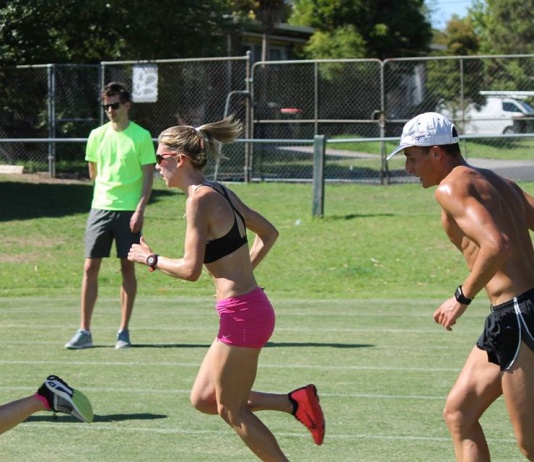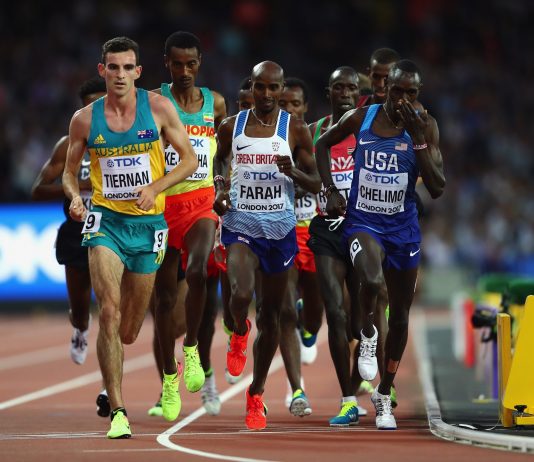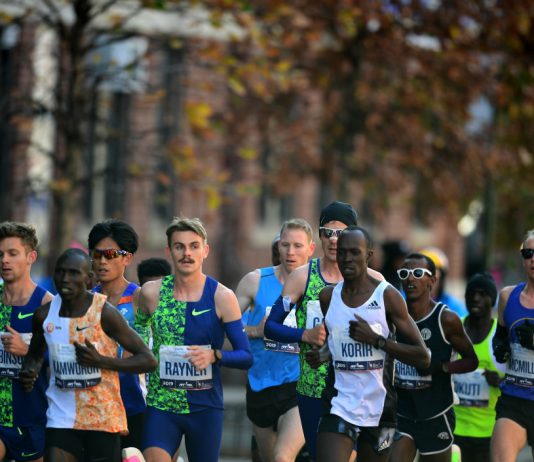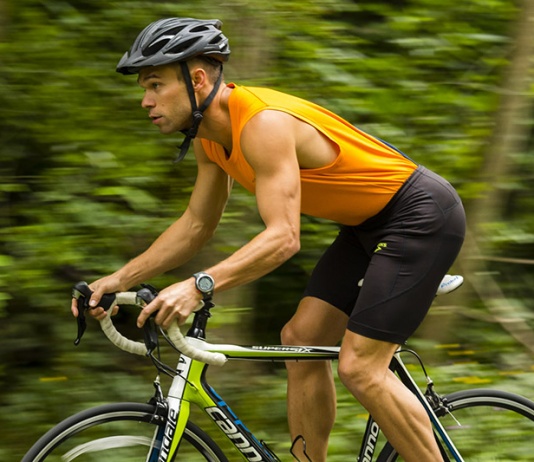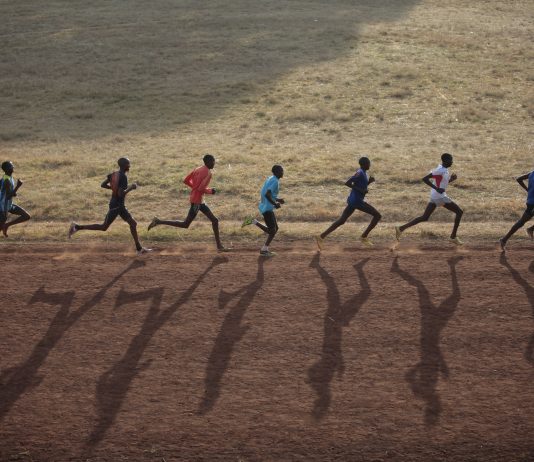MATT FITZGERALD – Runner’s Tribe
Matt Fitzgerald is an acclaimed endurance sports coach, nutritionist, and author. His many books include The Endurance Diet, 80/20 Running, and How Bad Do You Want It?
The body is smart. When you increase your habitual activity level, your body consumes more energy and therefore requires more energy input...
MATT FITZGERALD – Runner’s Tribe
Matt Fitzgerald is an acclaimed endurance sports coach, nutritionist, and author. His many books include The Endurance Diet, 80/20 Running, and How Bad Do You Want It?
Recently I discussed the idea that innovation in endurance training methods obeys the Law of Good Enough, as I call it. This...
MATT FITZGERALD – Runner’s Tribe
Matt Fitzgerald is an acclaimed endurance sports coach, nutritionist, and author. His many books include The Endurance Diet, 80/20 Running, and How Bad Do You Want It?
Callum Hawkins came into the 2018 Commonwealth Games Marathon in Australia with high expectations. Having set a national record of 1:00:00 for...
MATT FITZGERALD – Runner’s Tribe
Matt Fitzgerald is an acclaimed endurance sports coach, nutritionist, and author. His many books include The Endurance Diet, 80/20 Running, and How Bad Do You Want It?
The best teacher I ever had was Mark Gould, a sociology professor at Haverford College. I’ll never forget the first meeting of...
When it comes to training, are you a simplifier or an optimizer? Simplifiers look for the easiest way to get a task done, and accept that there are some costs or lost opportunities that come with their approach. Optimizers continually tweak, adjust and update their plans in order to get the best possible outcome.
This year I helped pace a friend at the Nike Melbourne Marathon festival, and honestly, I was more concerned about when and what drinks to have than I was about how far I had to run. Most of my worrying stems from Sian Welch in the ’97 Iron Man...
Cross Training is a valuable tool then can aid athlete’s in getting their best performance. It is the action or practice of engaging in multiple sports or training practices in order to improve fitness or performance in one’s main sport (1). Runner’s in particular can often utilise cross-training to provide numerous benefits to their running performance. Let’s go through why cross-training can be a useful additional to one’s training.
Sleep is an important part of recovery for any and every athlete. We exist in a training world where there is a delicate balance between training hard and recovering to maximise performance, whilst also avoiding injury.
By Michael Beisty
Mature distance runners could be excused for thinking you only have to concentrate on high quality speed work to offset the impacts of aging on distance running performance. Certainly, a lot of the contemporary literature supports regular fast running as a means to reduce the impact of...
MATT FITZGERALD – Runner’s Tribe
Matt Fitzgerald is an acclaimed endurance sports coach, nutritionist, and author. His many books include The Endurance Diet, 80/20 Running, and How Bad Do You Want It?
Among the benefits of travelling internationally is that it gives you a different perspective on your own country. For example, in 2015...


